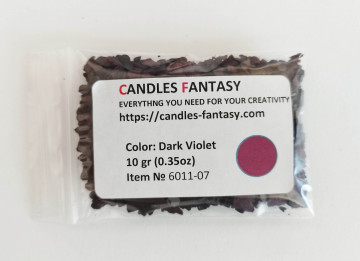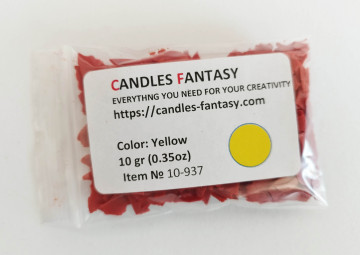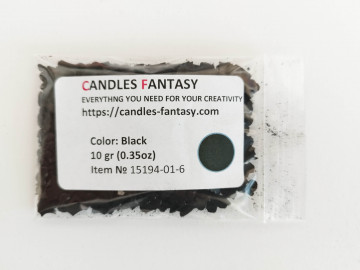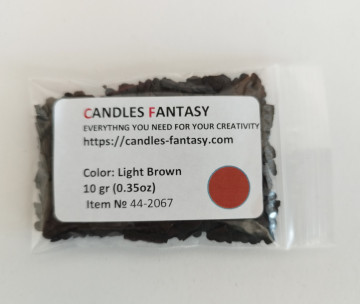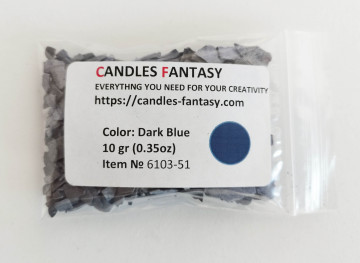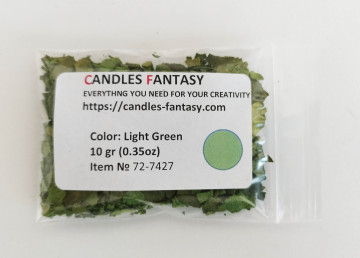
Introduction
How can you make your candles even more attractive and interesting? Add color! Color can create a mood, evoke emotions, and even influence a person's associations. Adding color to candle wax is a simple yet creative process. In this article, we will share the basics of adding dyes to candle wax, practical tips, and secrets for creating unique patterns to achieve perfect results.
Choosing the Right Dye for Candle Wax
How do you choose the right dye for your candle? It should be noted that not all dyes are suitable for candles. Water-based dyes like gouache, watercolor, and ink are not suitable for dyeing wax and candle gel.
Fat-soluble dyes are best for dyeing candle wax, as they color the candle quickly and evenly. These dyes help create unique and eye-catching color combinations that delight the eye and create a warm and cozy atmosphere at home.
Fat-soluble dyes can be mixed together. However, it is important to use dyes from the same manufacturer to ensure bright and uniform colors. This allows you to create an unlimited number of colors for making unique candles.
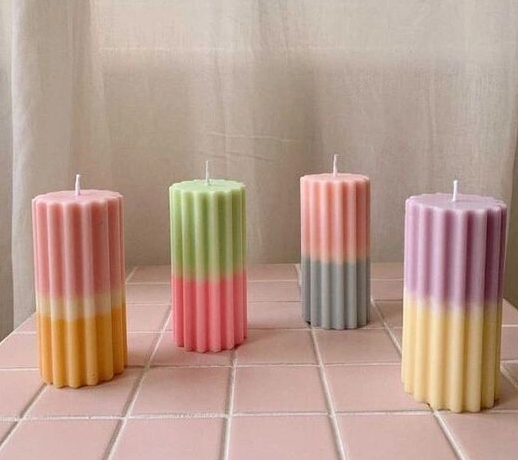
Practical Tips for Adding Color to Candle Wax
How do you properly add color to candle wax? First, measure the required amount of dye using a measuring cup or scale. It is recommended to add the dye gradually, stirring the candle wax after each addition.
Follow the manufacturer's instructions when working with candle dyes. Adding too much dye can lead to excessive smoke or even flare-ups, while too little may result in a pale or uneven color.
Keep in mind that colors appear brighter and more saturated in liquid form. After hardening, the shade will fade. To predict the final color, try dropping the dye onto a white sheet of paper and let it harden. This will give you a better idea of your candle's future appearance.
Determining the optimal proportion of dye may require some experimentation.
Tips for Color Mixing
- To achieve a light or pastel shade, add white dye or more wax.
- Increase dye concentration for darker tones.
- Avoid black or gray dyes to prevent muddy-looking colors.
- Note that the natural color of wax affects the final result.
- Record color combinations and ratios for future projects.
Techniques for Patterns and Textures
To create layered candles, wait for each layer to harden before adding the next. For gradients, gradually reduce the dye concentration. Marble effects are achieved by lightly mixing multiple dyes before pouring the wax. For swirl effects, add dyes unevenly to the wax.
Store candles in cool, dark places away from sunlight to maintain color intensity.
Conclusion
Now you know the secrets of adding color to candle wax and can create beautiful, unique candles. Let your creativity run wild and craft impressive gifts for your loved ones!

